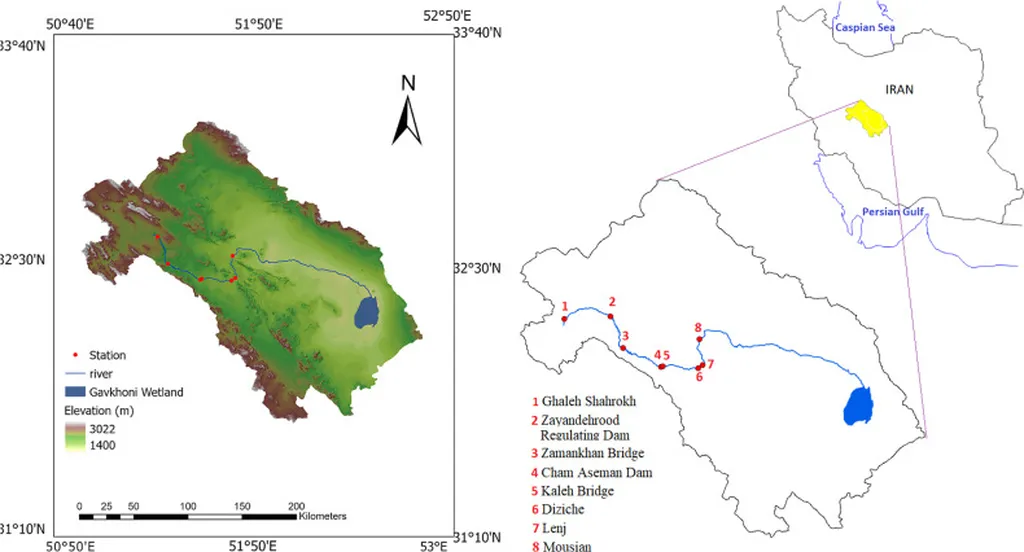In the arid heart of Iran, the Zayandeh Rood River is a lifeline, quenching the thirst of cities, farms, and industries alike. But as human activity and climate change exert pressure on this vital water source, ensuring its quality has become a complex challenge. Enter Elham Fazel Najafabadi, a researcher from the Department of Water Science and Engineering at Isfahan University of Technology, who has turned to machine learning to predict and preserve the river’s health.
Najafabadi and her team have spent years collecting data from eight monitoring stations along the Zayandeh Rood River. Their goal? To evaluate the effectiveness of five machine learning models—Lasso Regression, Random Forest, Gradient Boosting, XGBoost, and Support Vector Machine—in predicting key water quality parameters: Electrical Conductivity (EC), Total Dissolved Solids (TDS), Sodium Adsorption Ratio (SAR), and Total Hardness (TH). These parameters are critical for industries, including energy production, which relies on consistent water quality for cooling and other processes.
The team’s findings, published in *Results in Engineering* (which translates to *Engineering Results*), reveal a nuanced picture. “The best-performing model for a given parameter varied across stations,” Najafabadi explains. “However, the differences in evaluation metrics between the best models were quite low in most stations.” This means that while no single model emerged as universally superior, certain models consistently outperformed others for specific parameters. For instance, Gradient Boosting and Support Vector Machine models excelled in predicting EC and TDS, with R² values ranging from 0.80 to 0.99. Meanwhile, Gradient Boosting and XGBoost models were more accurate in predicting SAR, and Lasso and SVM models achieved higher accuracy for TH.
The implications for the energy sector are significant. Accurate water quality prediction can help energy companies optimize their operations, reduce costs, and minimize environmental impact. “By understanding the variations in water quality, industries can better plan for treatment and usage, ensuring a more sustainable and efficient water management strategy,” Najafabadi notes.
The study also highlights the importance of dimensionality reduction techniques, such as PCA and correlation matrix-based feature reduction, in enhancing model efficiency and mitigating multicollinearity. These techniques can streamline data processing and improve the reliability of predictions, offering a valuable tool for industries that rely on precise water quality data.
As the world grapples with water scarcity and pollution, Najafabadi’s research offers a glimpse into the future of water management. By leveraging machine learning, industries can make data-driven decisions that balance economic needs with environmental sustainability. “This research is just the beginning,” Najafabadi says. “As we refine these models and gather more data, we can develop even more accurate and reliable tools for water quality prediction.”
For the energy sector, this means a future where water management is not just reactive but proactive, where industries can anticipate changes in water quality and adapt accordingly. It’s a future where technology and sustainability go hand in hand, ensuring that vital resources like the Zayandeh Rood River continue to support both economic growth and environmental health.

